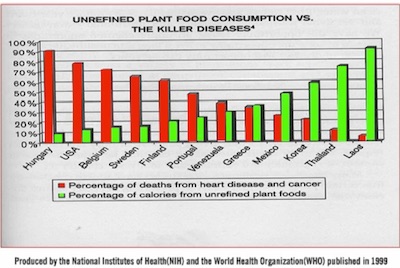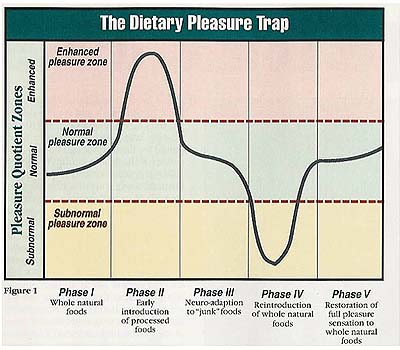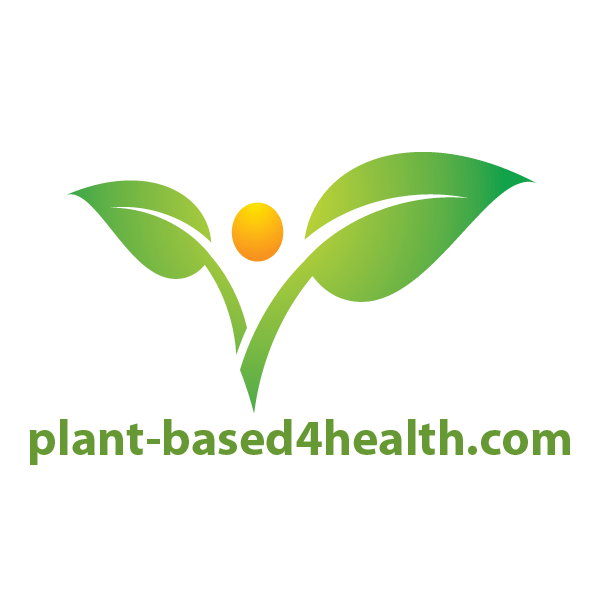Doug Lisle, Ph.D. is a psychologist and co-author of The Pleasure Trap – Mastering the Hidden Force that Undermines Health and Happiness along with Alan Goldhamer. I had the “pleasure” of listening to a lecture by Dr. Lisle as part of the coursework I am taking to earn a certification in plant-based nutrition through Cornell’s online university, eCornell. Here are the key take-aways of Dr. Lisle’s lecture.
Most of us have been educated and quite frankly bombarded with messages about how to live a healthy lifestyle. When it comes to diet we know that eating more fruits and veggies is good and that we should avoid highly processed foods, sugar, the wrong kinds of fats, etc. Even though we know this information and may have a strong desire to follow a healthy diet, we find ourselves eating or drinking the wrong foods and beverages. Why is that?
All animals have a guidance system that is designed to help them survive. We have instincts, or neural circuits, that tell us to eat so we can reproduce in order for our species to thrive. The guidance system has three parts, called a “motivational triad” consisting of pleasure, pain and energy conservation.
- Pleasure seeking: eating and sexual activity activates a “pleasure pathway” that releases dopamine in our brain which makes us feel good
- Pain avoidance: we have signals that guide us away from situations in our environment that may cause us harm
- Energy conservation: We have neural circuits that encourage us to take the easiest path in order to survive and reproduce
There is another guidance system tied to happiness called “moods of happiness.” When we are happy, the brain releases not dopamine but seratonin and norepinephrine which make us feel romantic love, satisfaction and pride. Happiness tells us that we are on the right path to reaching our goals.
In lab experiments, if a rat is given two buttons and one is for a mate and the other for cocaine, which gives a direct hit of dopamine, the rat will take the cocaine every time, since that gives pleasure with the least amount of effort.
Drugs and processed foods artificially stimulate dopamine production getting us into a pleasure-seeking trap. Medications to alleviate pain but cause destruction to our bodies get us in the pain-avoidance trap. The pleasure trap consists of these pleasure-seeking, pain avoidance and energy conservation cycles. We then make the wrong choices which can negatively impact our health and happiness.
 The above chart, published by the National Institutes of Health and the World Health Organization in 1999 shows that in countries where people consume little whole natural food, the death rate from cancer and heart disease is very high. But in countries where the diet is fresh vegetables and fruits, legumes and whole grains, the rate of these diseases are very low. These statistics come from observations of millions of humans and show that a whole food, plant-based diet is the healthy way to eat. However the calories in any given food impact what we want to eat. Remember that we want to maximize pleasure and conserve energy. So we seek out foods that give us the most calories (and pleasure) for the least amount of effort. Consider the calories in the foods below and why the calories in foods with fat, sugar and salt.
The above chart, published by the National Institutes of Health and the World Health Organization in 1999 shows that in countries where people consume little whole natural food, the death rate from cancer and heart disease is very high. But in countries where the diet is fresh vegetables and fruits, legumes and whole grains, the rate of these diseases are very low. These statistics come from observations of millions of humans and show that a whole food, plant-based diet is the healthy way to eat. However the calories in any given food impact what we want to eat. Remember that we want to maximize pleasure and conserve energy. So we seek out foods that give us the most calories (and pleasure) for the least amount of effort. Consider the calories in the foods below and why the calories in foods with fat, sugar and salt.
| Foods | Calories per pound |
| Salad | 100 |
| Corn, carrots, broccoli | 200 |
| Fruit | 300 |
| Rice, potatoes, beans | 500 |
| Nuts, seeds | 2000 – 2,500 |
| Sugar | 1,800 |
| Fat | 4,000 |
| Chocolate (sugar + fat) | 2,500 |
| Oil | 2,500 |
| Cheese (fat + salt) | 1,700 |
| Ice Cream (fat + sugar) | 1,200 |
Dr. Lisle points out that the Standard American Diet is 51% oil and refined carbs, 42% animal food, and 7% fruits and vegetables (of which 1/3 is potato chips and french fries). It’s 95% of the foods we shouldn’t be eating. What you want to eat depends on how hungry you are and the calories in the food. If you are very hungry, you’ll get more satisfaction from any food, but especially foods that have more calories per pound. If you are starving, do you want a salad or a baked potato?
Here is a diagram of the dietary pleasure trap:
 Phase I: the diet humans are designed to eat of whole natural foods that give us normal pleasure
Phase I: the diet humans are designed to eat of whole natural foods that give us normal pleasure- Phase II: unnatural, processed foods that have a drug-like effect on our system: salt, sugar, fat, etc. that give us enhanced pleasure
- Phase III: unatural foods we’ve gotten used to after a few weeks and no longer provide enhanced pleasure
- Phase IV: moving back to a whole food, plant-based diet gives us subnormal pleasure
- Phase V: after 8-10 weeks on a natural foods diet, we move from subnormal pleasure to normal pleasure
Even if you know that you want to eat a healthy whole food, plant-based diet, your taste buds are going to think you are moving in the wrong direction, what Dr. Lisle calls a “motivational dilemma.” It is a difficult challege to reset your motivational system when it comes to diet.
Here are tips to recalibrate your internal compass and move to a healthy diet:
- Acknowlege that the pleasure trap is there and that it is guiding you in the wrong direction
- Know that it can take 8 to 12 weeks to reset your system, but is not nearly as difficult as recovering from addictions like cocaine, alcohol or cigarettes
- You can fast for a day or more to reset your taste receptors
- You can also try a juice fast in which you remove any fat and salt out of your diet
- In extreme cases, people have checked into “prison” programs like the TrueNorth Health Center in which they have only water for a week or ten days (note: don’t try that without being under the guidance of medical professionals). Dr. John McDougall has a terrific 10 day program and PCRM has a 21 Day Kickstart Program.
According to research from Duke University, being healthy is the most important predictor of happiness. Eating for health and escaping the pleasure trap can greatly enhance the quality of your life and longevity. For more information, watch Dr. Lisle’s TedTalk or read The Pleasure Trap.

Oh, my goodness. Valuable information. Hopeful too! Once again, I am struck with the adaptability of our body. In only weeks of implementing a plant-based life style, it will operate closer to optimum levels of cellular health and energy. And it will once again sharpen our taste for real, unadulterated choices. Thank you!
That’s amazing – thank you for this information, especially on strategies to reset.